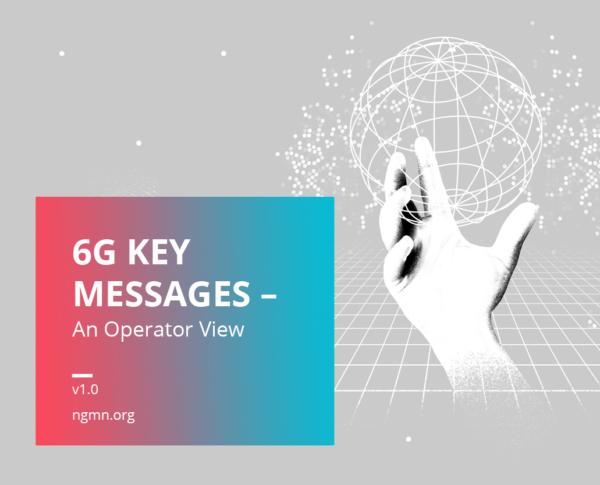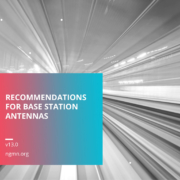
NGMN calls for harmonised 6G standards to drive seamless mobile evolution on behalf of global MNOs
Düsseldorf, Germany, 11 June 2025 – As the telecommunication standards body 3GPP prepares for setting the scope for Release 20, the Next Generation Mobile Networks Alliance (NGMN) has released a publication advocating the critical need for harmonised global standards for 6G.
“6G Key Messages – An Operator View” says that standards should build upon the features and capabilities introduced with 5G and create value through new services which are essential to support continuous innovation, delivering real benefits to users and operators while addressing evolving societal needs and fostering a sustainable ecosystem.
The publication consolidates key messages from previous NGMN deliverables around 6G and puts them into an operator perspective, reiterating the renowned NGMN’s 6G Position Statement published in 2023. Industry leaders stress that the transition to 6G should be evolutionary and that the evolution should not force a complete hardware refresh. While new radio equipment is required for deployment in new frequency bands, the evolution toward 6G in existing bands should primarily occur through software upgrades, ensuring a smooth transition.
6G must demonstrate clear, tangible benefits within a realistic techno-economic framework. Network Architecture needs to meet MNOs criteria for modularity, simplicity, openness, operational simplification, compatibility and interoperability, and trustworthiness while delivering economic and social sustainability. These factors are crucial to enable fast deployment and to support the development of market-aligned services that meet user demands.
Laurent Leboucher, Chairman of the NGMN Alliance Board and Orange Group CTO and EVP Networks, explained “6G should be viewed as a seamless evolution — fully compatible with 5G and propelled by continuous software innovation. The industry must move beyond synchronised hardware/software ‘G’ cycles and embrace decoupled roadmaps: one for hardware infrastructure, guided by value-driven and sustainable investments, and another — faster and demand-led — for software-defined business capabilities addressing real needs from society.”
“Along with presenting this consolidated view to 3GPP, this publication serves as a foundation for engaging with the broader industry, driving collaboration, innovation, and strategic direction in the evolving 6G landscape,” said Anita Döhler, CEO of NGMN . “A core tenet of our message is that 6G is not treated as another generational shift for mobile technology – it must be evolutionary.”
“Network evolution is essential for addressing ever-changing societal needs. To achieve this, we need to work collectively as an industry to ensure all future networks are secure, environmentally sound, and economically sustainable,” said Luke Ibbetson, Head of Group R&D at Vodafone and NGMN Board Director.
This publication further outlines the operator view on network requirement and design considerations on the Radio Performance Assessment Framework (RPAF), including guidance for new 6G Radio Access Technology (RAT). It emphasises that any proposed solutions must be assessed against a reasonable baseline to demonstrate meaningful performance gains.
The publication can be downloaded from here.

